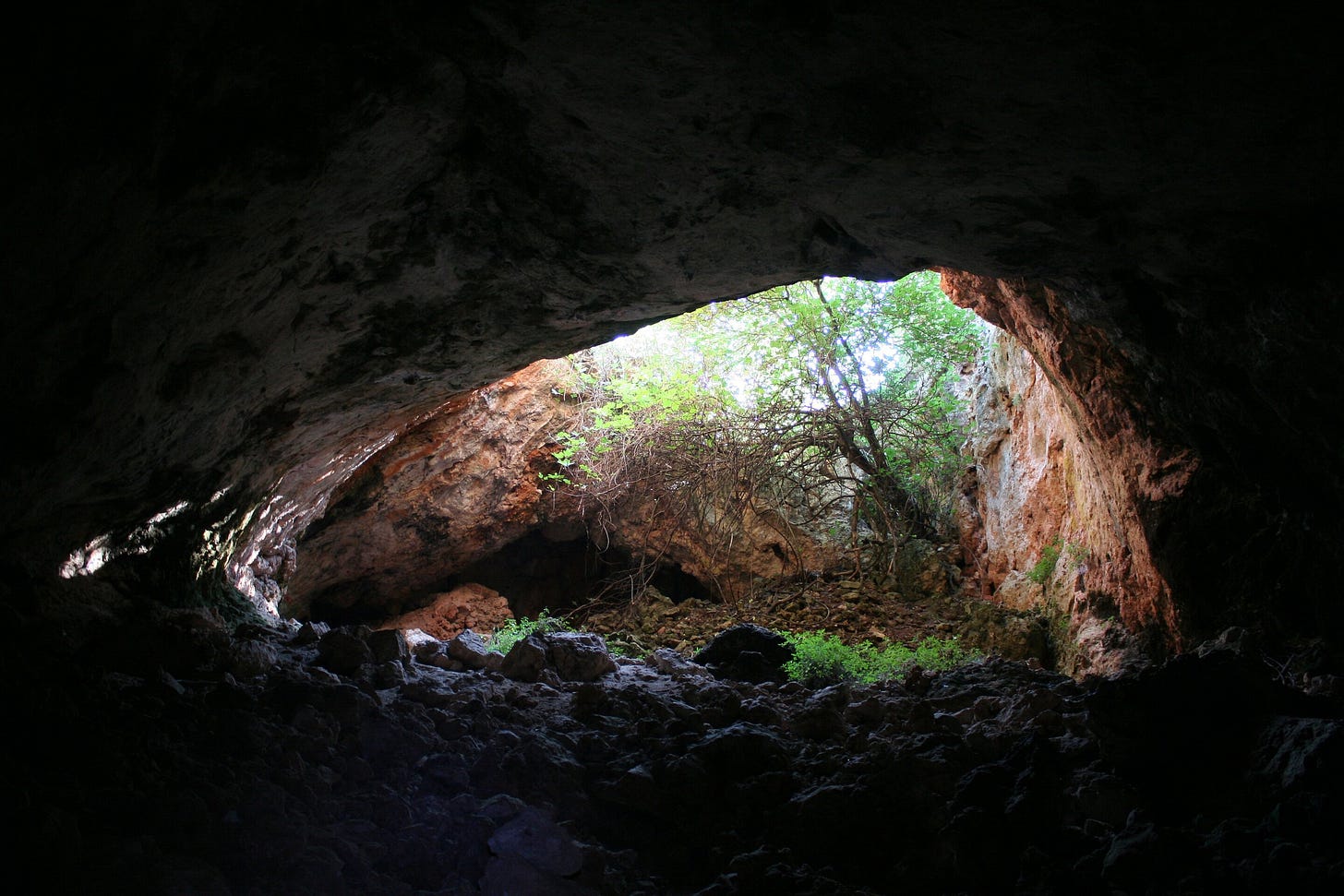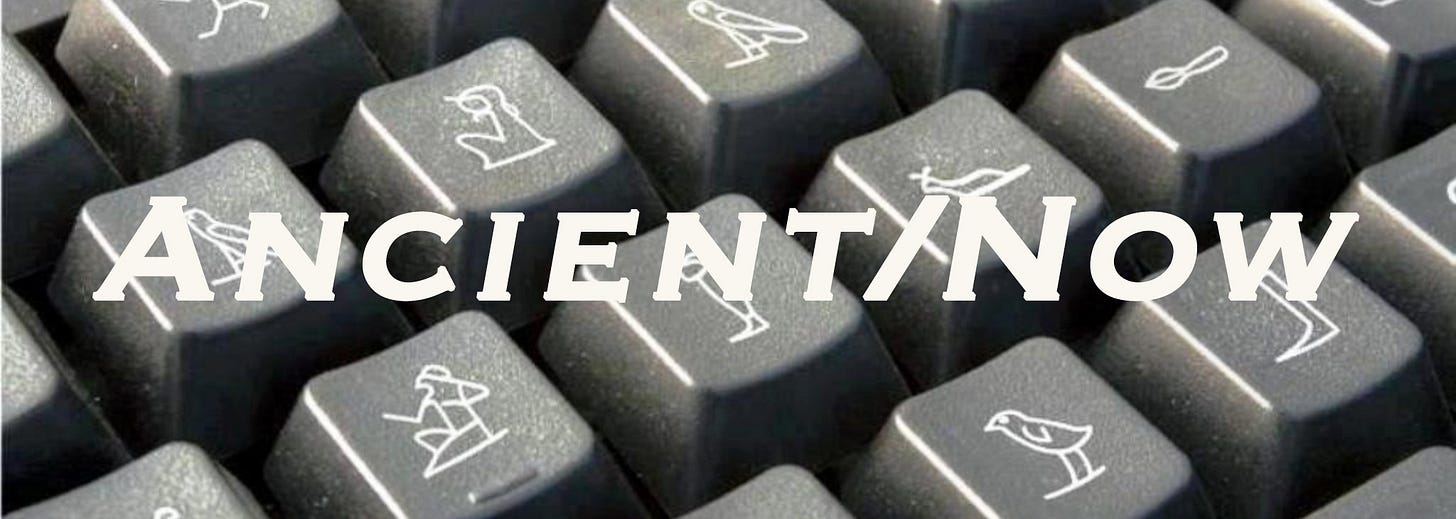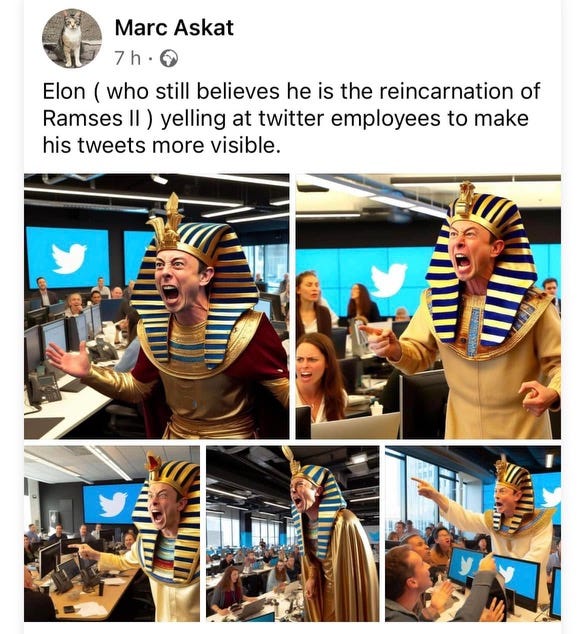Ancient/Now - October 4th
Spanish caves reveal ancient “manipulation and utilization” of human remains
Evidence for “manipulation and utilization” of ancient human remains uncovered in Spanish caves

Sometimes we just have to keep the dead with us for a bit longer. Our ancestors might have something to tell us, after all. Well, there are problems with retaining decomposing corpses; they rot and smell and draw flies, disturbing and endangering the living. You could do a secondary burial, removing the bones after the fleshy bits have decayed. But what if you wanted to *really* keep the dead around, make them a part of you, bring them into your body, unite them with your flesh? Well, this seems to be what archaeologists have just uncovered in a cave known as Cueva de los Marmoles in southern Spain where the remains of 12 individuals were found, dating between the 5th to 2nd millennium BCE. Phys.org writes,
The team also documented intentional post-mortem modifications to the bones, including fractures and scrapes that might have resulted from efforts to extract marrow and other tissues. Included among these remains were one tibia that appears to have been modified for use as a tool, and one cranium "skull cup" that might have similarly been modified for some dietary or practical use.
We like to think that skull was used to drink some sort of elixir (did they do residue analysis on that skull, we wonder??) Similar discoveries have been made at other cave sites in the Iberian Peninsula, leading archaeologists to consider the idea that such practices of “modification and utilization”—can we just say reuse!?—of buried human remains was a widespread shared ideological practice in the region. The authors of the study, published last month in the open-access journal Plos One describe a “large number of commingled skeletal remains suggesting its funerary use from the Neolithic to the Late Bronze Age.” The researchers admit that the cultural context and meaning of the modifications are a mystery yet to be understood. Indeed, given that many hands and feet of the individuals are missing, they posit that the remains were partially decomposed before deposition in the cave (because the bits at the end of a body fall off first; just google Body Farm if you are *not* squeamish…)
What can be said with relative certainty is that a variety of functional, ideological, and social elements must have played into such body reuse practices. Interestingly, the authors’ conclusion about caves as the center for these activities could be applied just as well to ancient Egyptian tombs, those coffin-like spaces in which life after death can occur:
On a symbolic level, the perpetual darkness and subterranean placement of caves make them an ideal resting place for community members. Caves are frozen in time, lacking those phenomena usually marking the passing of time (e.g. plant life cycles, seasonal changes in light and temperature, and daily alternation between light and dark); the silence and subterranean position of caves would only add to their liminal connotation. When combined with the presence of human deposition, and especially of collective depositions, these features would also make caves social landmarks and associate them with (admittedly intermingled) concepts such as ancestor veneration, community membership, cultural tradition, and memory.
Perhaps we should think of caves as spaces existing in between worlds, like earthen wombs where the living could commingle with the dead.
What else were we reading this week?
First thing’s first—if you missed Monday’s podcast episode, don’t forget to check it out!
Iconoclasm with Lexi Henning
Listen now (74 mins) | Kara and Jordan discuss iconoclasm in the ancient and medieval worlds with Lexie Henning, the host of the Ancient Office Hours podcast. Below is information about Lexie and some visuals! We include Aya Sofia, also called Hagia Sophia, a 6th century CE multi-domed church turned mosque turned museum turned back to mosque.








